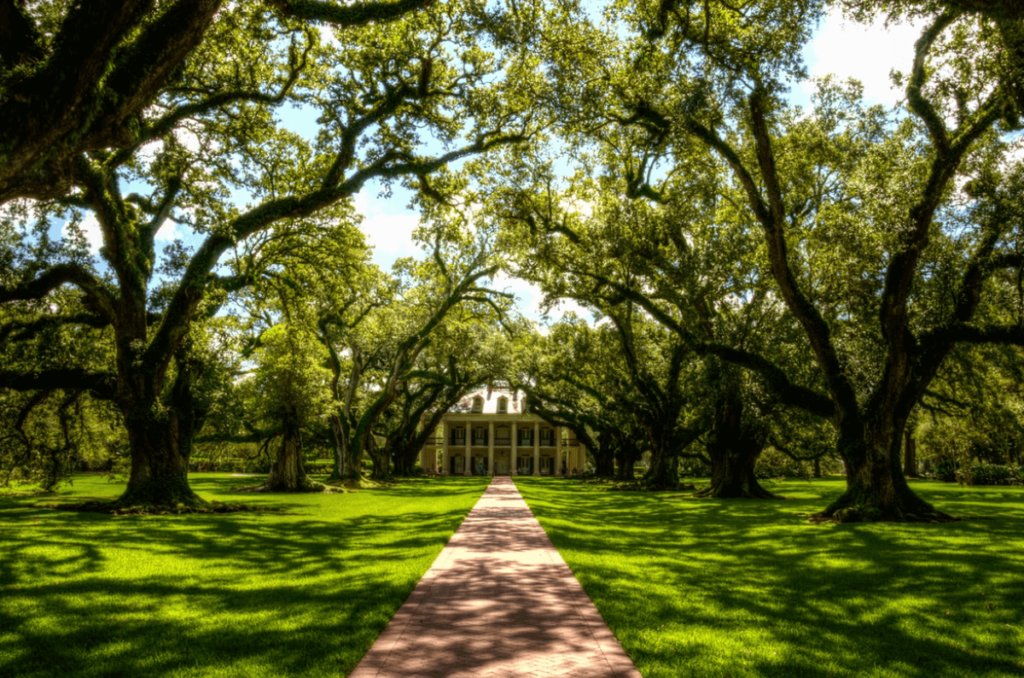People that have trees in their gardens frequently do not care for them, but they do wish to have large, attractive trees. If you want to see results from your trees, you must treat them like any other plant. Here, we’ll show you how to improve the growth of your trees and, as a result, their produce.
Prevention of Insects
Getting a head start on pest and disease control might be the difference between a beautiful, healthy environment and one that is plagued by challenges throughout the season. By preventing disease rather than reacting to sickness and bug infestation when it arises, you save money on unnecessary chemicals and get to appreciate a more pleasing environment. A variety of actions are involved in the prevention, including adequate monitoring, plant care, and treatment. Regular pest monitoring enables for early detection of pests when populations are low and easy to remove. Stopping them before their numbers grow out of hand is the key.
Take, for example, mountain pine beetle surveillance. Winter is the greatest time to look for these pests. Examine the trunks of your trees for “pitch tubes.” Cut a piece of bark off if you notice pitch tubes to see if the wood beneath the bark is stained bluish-gray. If this is the case, the tree(s) must be removed. The beetles won’t have a chance to spread if you inspect your pine trees often in the winter and destroy afflicted trees. Woolly apple aphids, which infest woody sections of apple roots and limbs, commonly around pruning wounds, can cause general tree decline if roots are affected for several years. There are several techniques to get rid of aphids fast in your garden without using harmful pesticides. Aphids have a variety of natural enemies, including other insects, insect larvae, and birds, and they move slowly enough to be removed by hand or targeted with sprays. Aphids proliferate quickly, thus complete control may need a mix of approaches as well as repeated attempts. Be persistent and patient; effects may take some time to appear.
Groom Your Trees
Keep your trees in good shape. Pruning on a regular basis enables light in and promotes good airflow. To prevent the transmission of disease, clean pruning shears with a solution of one part water to one part bleach. After that, use oil shears to prevent rusting. Pick the rotten fruit when you discover them on your tree or on the ground because last year’s dried-up fruits could be harmful. Burn fallen leaves before winter arrives, as diseases are carried by their spores.
Because each cut has the ability to alter the tree’s growth, it’s crucial to remember that no branch should be trimmed without reason.
The majority of mild, routine pruning to remove weak, dead, or diseased branches can be done at any time of year with minimal impact on the tree. Pruning should be done before the spring growth flush to enhance growth and wound closure. Heavy trimming of live tissue, especially on fragile trees, should be avoided right after the spring growth flush. When pruning wounds offer access to disease-causing substances, tree diseases such as oak wilt can spread.
Fertilizing
Landscape trees are frequently planted on low-fertility soils. Conduct a soil test if possible to identify whether the soil at the planting site is phosphorus or potassium deficient. Because these nutrients do not flow well through the soil when applied topically, amending the soil to acceptable amounts at planting time may help the tree establish. Avoid using a high nitrogen fertilizer rate on newly planted trees. This may promote excessive leaf growth at the expense of root growth, exposing the new tree to drought stress. One month after planting, a light application of nitrogen fertilizer on the surface will usually help with establishment.
Fertilizer can be applied at any time between late September and early April if needed. Fertilization should be done after the first hard freeze in October, but before the soil freezes in December, for the best benefits. The soil temperature remains warm enough for roots to absorb minerals over this time, which are then stored for growth the following spring. Fertilizers put in the winter may be washed away by runoff. Fertilizing in March or April, just before new growth begins, is the second-best period. Fertilizing beyond mid-July may promote late growth that is susceptible to damage from an early freeze.
If you want to adequately safeguard your trees, you must commit and work hard. There are various ways to assist your trees in growing, but the most essential thing is to be ready to aid them; once you’ve done that, the rest will come naturally.


